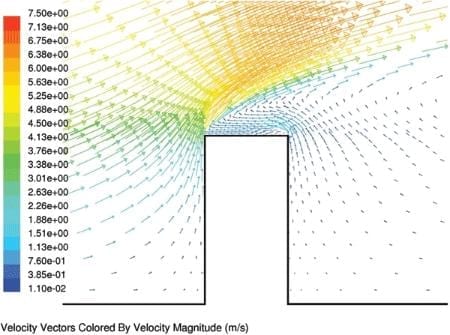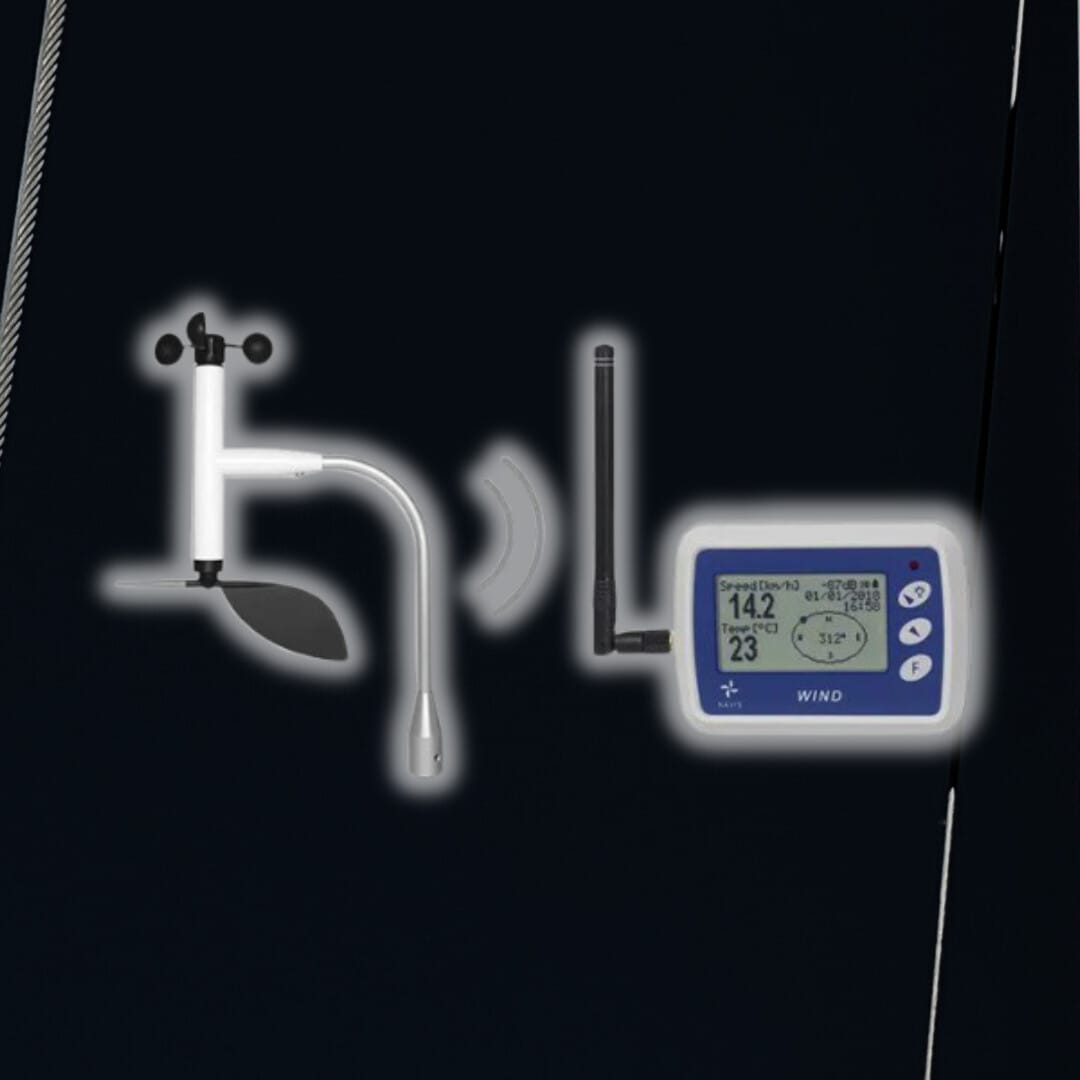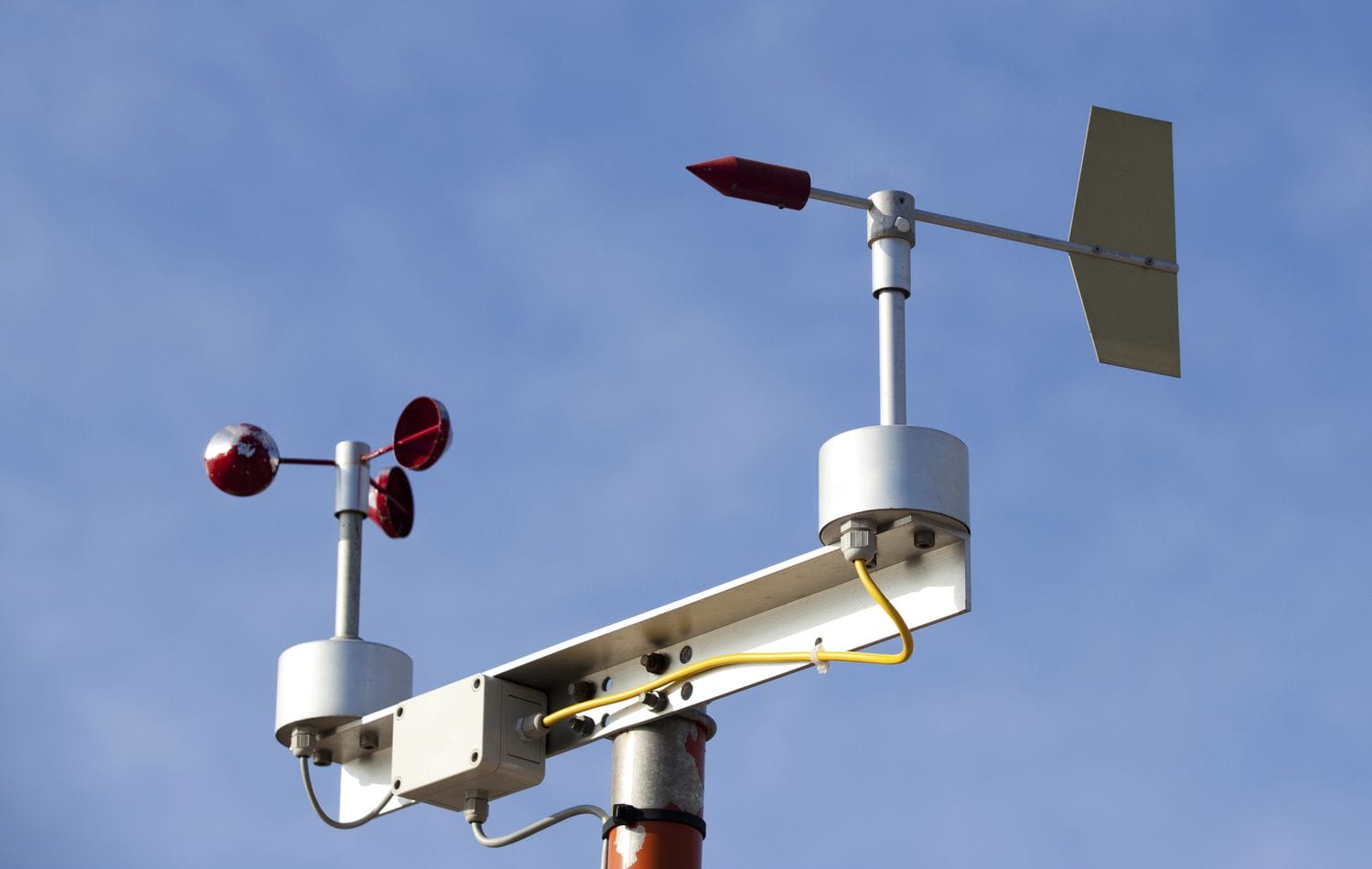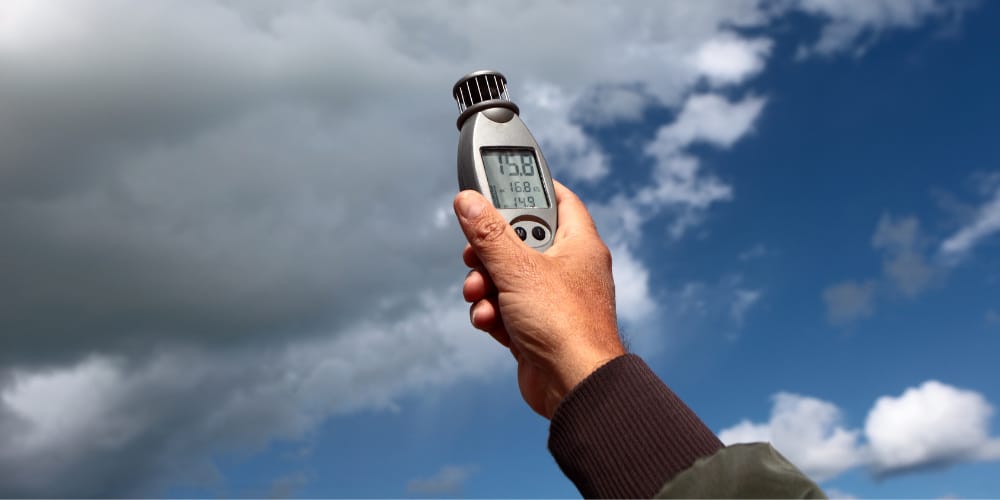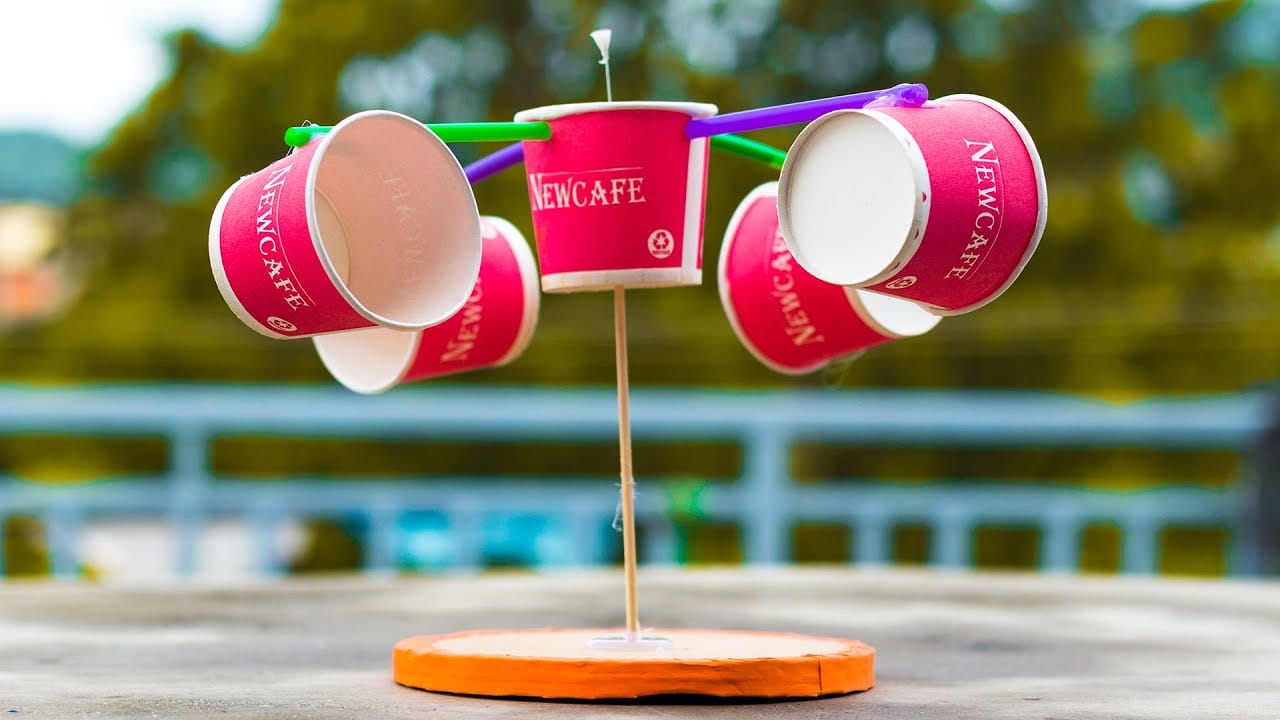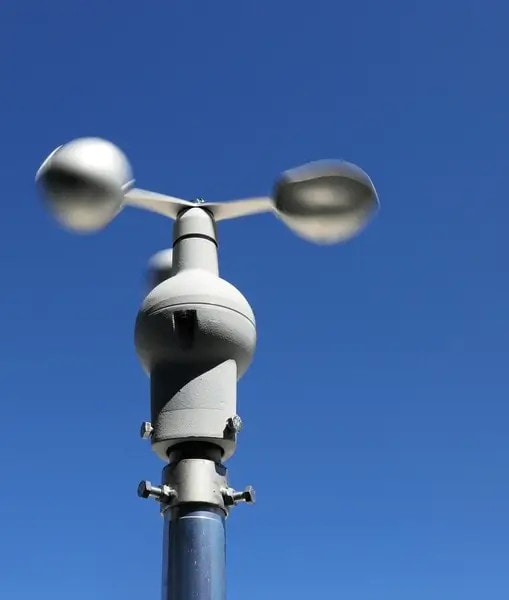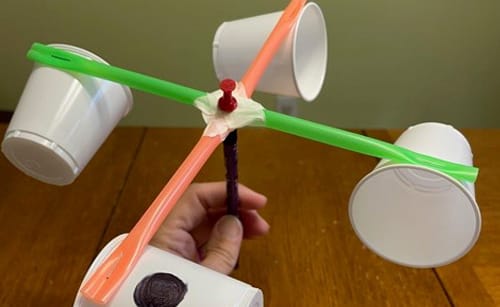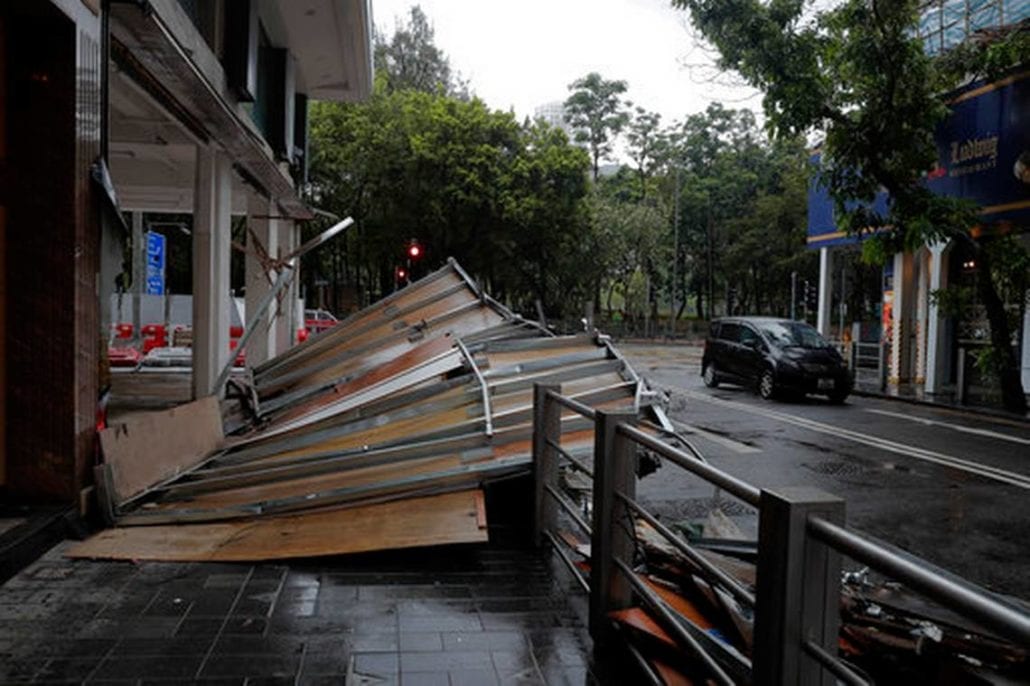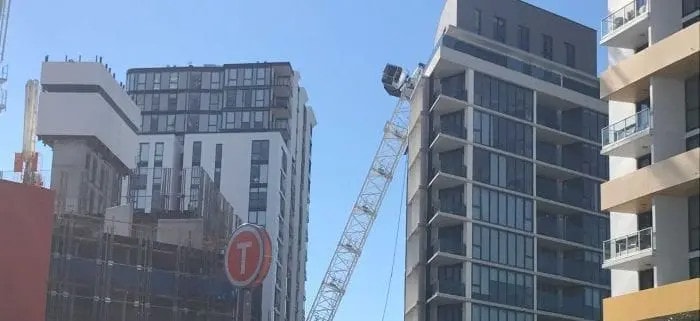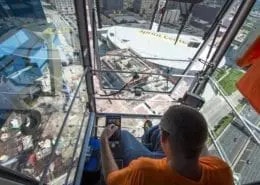When the wind hits a tall building head-on, it must go somewhere; part of it is deflected upwards and to the sides, but a significant portion flows downward through a phenomenon called the downdraught effect. This descending air can cause cold gusts once it reaches the street level, posing a risk for pedestrians. It is important to note that the downdraught effect is diminished in low-rise buildings, but becomes significant in cities where vertical construction is common.
With so much air flowing towards the ground around tall buildings, the streets can become very windy. There are two main ways to control this: the building can be designed with architectural features that reduce downdraught, or landscaping can be used to help dissipate airflow.
Why Skyscrapers Cause Windiness in the Streets Around Them
There are several reasons why the streets around skyscrapers tend to become windy:
- Since they are tall buildings with a large cross-sectional area, they can deflect a considerable amount of air downward.
- Also, consider that the wind moves faster at higher altitudes; at ground level, terrain features and obstacles reduce the average speed significantly. As buildings become taller, they are exposed to faster winds, and therefore they deflect a larger air volume downward.
- Skyscrapers often have sharp and square corners, which produce a localised acceleration of the wind.
- When there is a street between two skyscrapers, the wind deflected from both is squeezed in a narrow space, causing it to speed. This phenomenon is called the Venturi effect – it is exactly like when a nozzle is used to increase the speed of a water jet.
- Building orientation is also important: The downdraught effect is greater if the wind hits one of the building faces head-on, and mitigated when it meets the building at an angle.
Windy streets can cause greater discomfort for pedestrians in the winter, since the air being deflected downward by skyscrapers is very cold. There are several architectural features that can be deployed to reduce turbulence around buildings:
- Softened corners
- Tapered building shapes
- Variable cross section
- Openings or porosity crossing the building completely in the wind’s direction
For buildings that have already been built, screens can be deployed to protect pedestrians for the wind at street level. The use of trees and hedges can also help break down wind patterns.
The Importance of Wind Measurement
Measurements are the only way to determine if wind speed and temperature are at a level that can cause discomfort or pose a risk to pedestrians. They can also be used to validate the effectiveness of architectural or landscaping measures intended to mitigate downdraught. According to a pedestrian level wind study carried out in Canada in 2011, wind speeds in excess of 8.3 m/s make walking uncomfortable, and anything above 25 m/s is considered dangerous.
Any monitoring system that will be deployed outdoors in a windy location must be suitable for the task at hand: it must be capable of resisting dust and rainfall, while being capable of long distance communication. WINDCRANE offers this plus a long-lasting battery and memory, complemented with cloud computing capabilities to ensure that data is not lost in the unlikely event that the unit is damaged on-site.
WINDCRANE technology builds on the expertise of Logic Energy, a company with a decade of experience providing monitoring solutions for various weather and energy applications. We have the technical know-how with respect to both hardware and software, and capitalise on this to provide integrated solutions.



